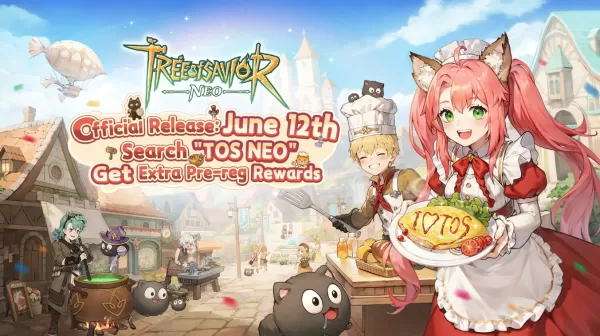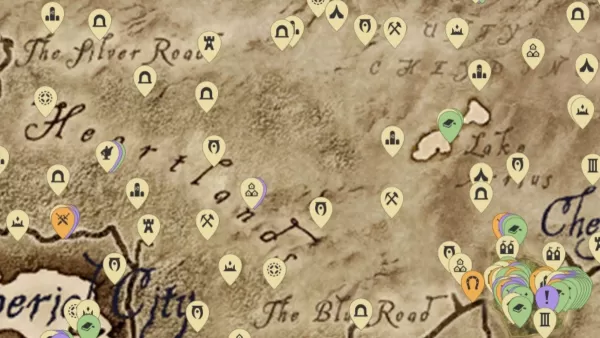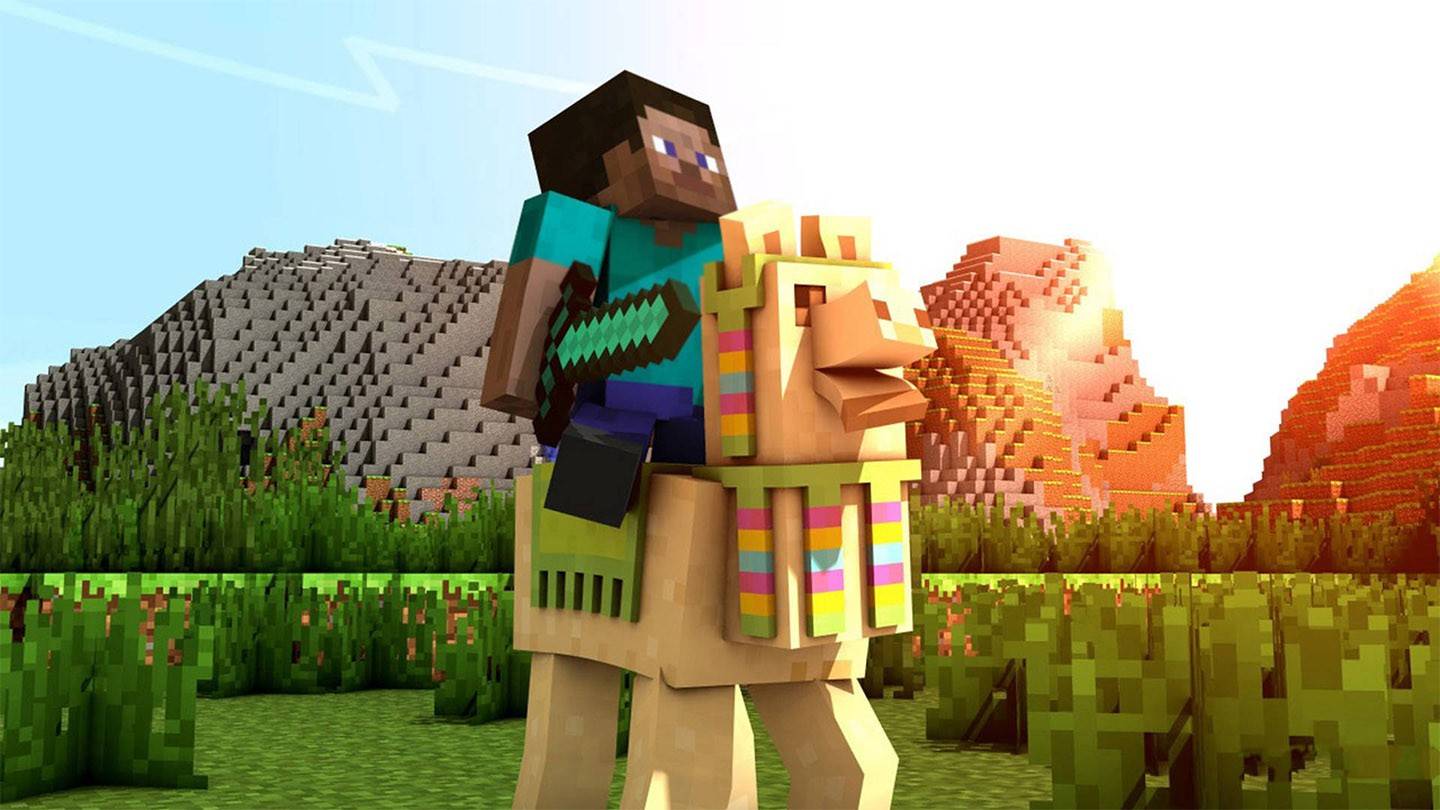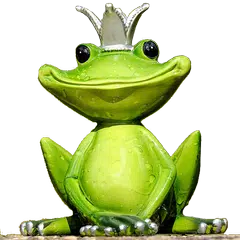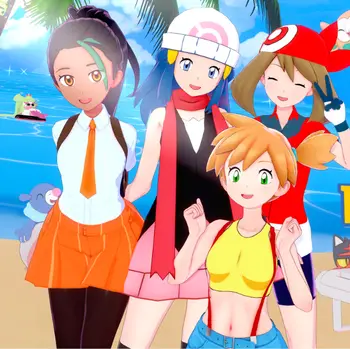In the lead-up to its global launch, Monster Hunter Wilds shattered pre-order records on both Steam and PlayStation, effortlessly following the success of its predecessors, Monster Hunter Rise from 2022 and Monster Hunter: World from 2018. These sales figures firmly establish Capcom’s unique and esoteric RPG series as one of the world's biggest video game franchises. Yet, less than a decade ago, the notion of a Monster Hunter game achieving such global acclaim would have seemed far-fetched. When the original game debuted in 2004, it received mixed reviews. It wasn't until its transition to the PSP a year later that the series gained significant traction, primarily in Japan.
For a long time, Monster Hunter epitomized the "bigger in Japan" phenomenon in gaming. The reasons behind this were straightforward, yet Capcom persistently worked to break through to the international market. The success of Monster Hunter: World, Rise, and now Wilds demonstrates that their efforts paid off handsomely. This article traces the journey of Monster Hunter from a domestic hit to a global powerhouse.
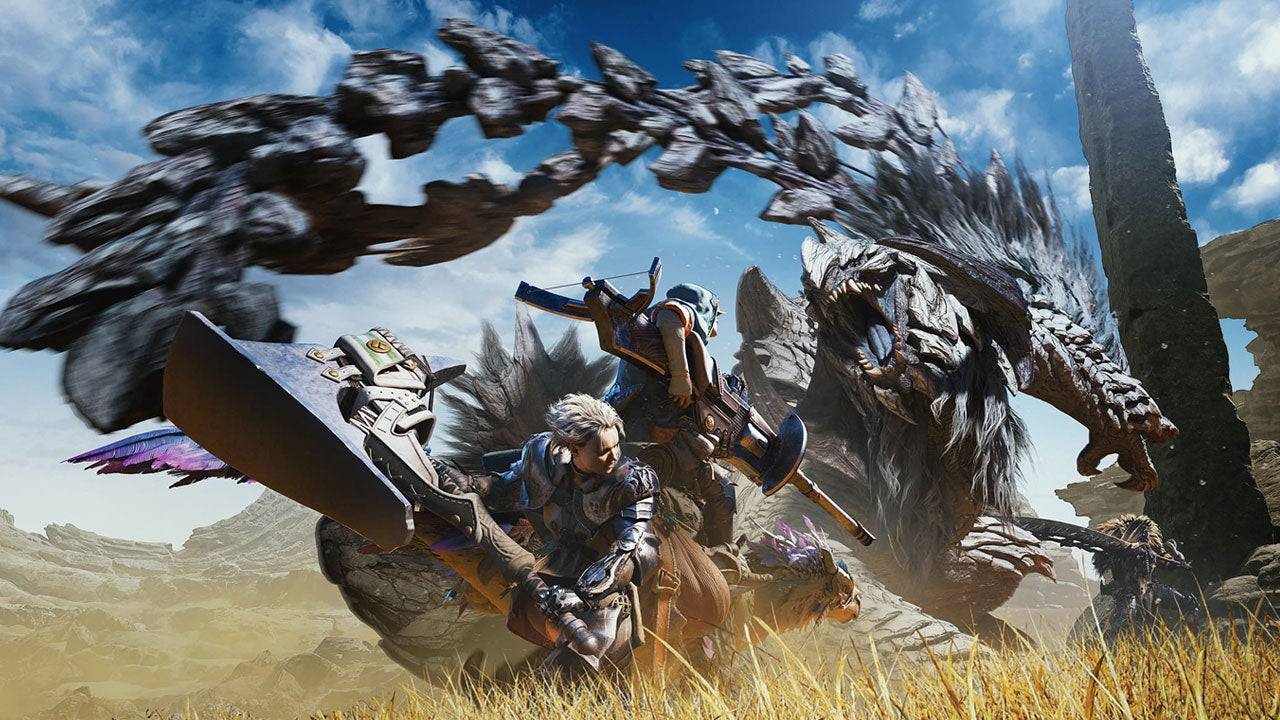 Monster Hunter Wilds is already proving to be immensely popular. | Image credit: Capcom
Monster Hunter Wilds is already proving to be immensely popular. | Image credit: Capcom
Around the time of Street Fighter 5's launch in 2016, Capcom underwent a significant internal reorganization to prepare for a new generation of games powered by their brand new RE Engine, replacing the aging MT Framework. This shift was more than just about tools; it was about a new mandate to develop games for a global audience, not just territory-specific fans.
"It was a combination of several factors," says Hideaki Itsuno, a former game director at Capcom known for his work on Devil May Cry. "The change of the engine and the clear goal given to all teams to create games that appeal to a global market, games that are fun for everyone."
During the PS3 and Xbox 360 era, Capcom's focus seemed to be on capturing the "Western games market" with action-heavy titles like Resident Evil 4, which was a hit. However, attempts to follow Western trends with gun-focused spinoffs like Umbrella Corps and the sci-fi shooter series Lost Planet were less successful. Capcom soon realized the need to create universally appealing games, not just those catering to Western genres.
"We had that clear goal of focusing and not holding anything back towards making good games that would reach people from all over the world," Itsuno emphasizes. He highlights the pivotal period leading up to 2017, when organizational and engine changes converged, culminating in the launch of Resident Evil 7, which sparked a Capcom renaissance.
No other series embodies Capcom’s new global success goal better than Monster Hunter. While it had a dedicated fanbase in the West, the series was overwhelmingly more popular in Japan. This wasn't by design but due to real-world factors. Monster Hunter found significant success moving from PlayStation 2 to the PSP with Monster Hunter Freedom Unite. The handheld gaming market in Japan, bolstered by the PSP, Nintendo’s DS, and later the Switch, was far stronger than in the West.
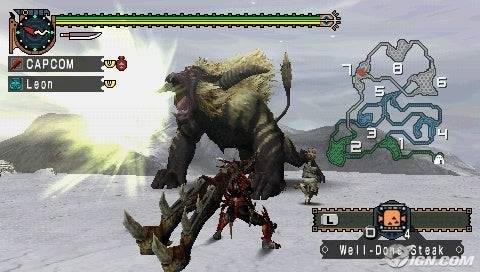 Monster Hunter Freedom Unite saw the series arrive on PSP, a pivotal moment for Japanese gamers. | Image credit: Capcom
Monster Hunter Freedom Unite saw the series arrive on PSP, a pivotal moment for Japanese gamers. | Image credit: Capcom
"Twenty years ago, Japan's network environments were in a very solid state, enabling people to connect and play online together," explains Ryozo Tsujimoto, the series' executive producer. "By moving to handheld systems, we were able to grow that player base that was interacting and playing multiplayer together." Monster Hunter's core pillar of cooperative play thrived on handheld consoles, thanks to Japan's advanced internet infrastructure.
This created a feedback loop where Monster Hunter games became best-sellers in Japan, prompting Capcom to release Japan-only content and events, further cementing the series as a "Japan-only" brand. However, Monster Hunter also had fans in the West, who eagerly watched as Japanese players enjoyed exclusive content. As Western internet infrastructure improved and online play became standard, Tsujimoto and the team saw an opportunity to create a more globally accessible Monster Hunter game.
In 2018, Monster Hunter: World was released on PlayStation 4, Xbox One, and PC, marking a significant shift for the franchise. It offered large-scale, AAA console quality action with enhanced graphics, expansive areas, and larger monsters. "Our approach to the globalization of the series and Monster Hunter in general really ties into not only the themes that we had going into designing the game but also in the name of the game," Tsujimoto reveals. "The fact that we called it Monster Hunter: World is a nod to our desire to appeal to a worldwide audience."
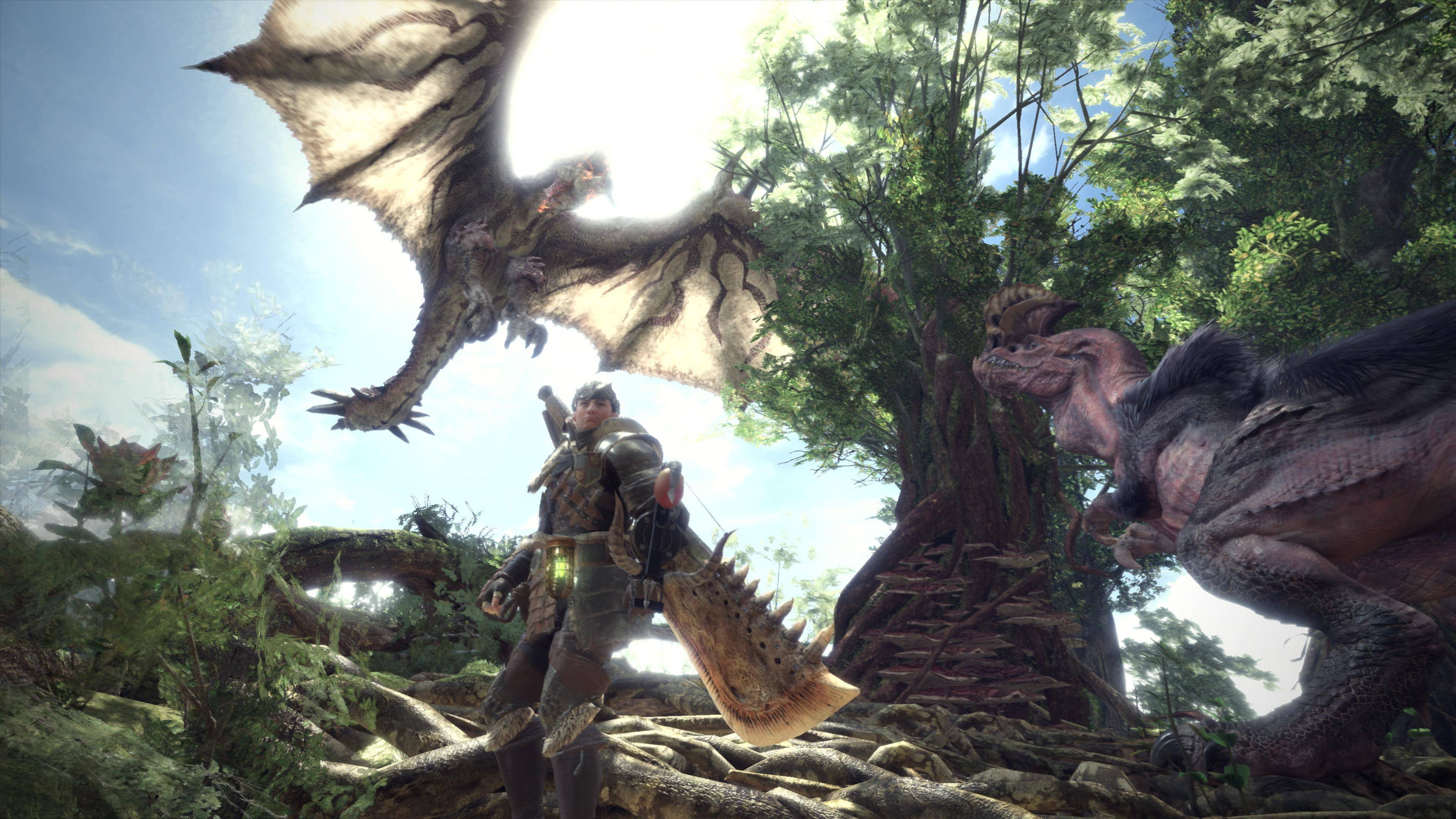 Monster Hunter: World was a turning point for the series, turning it into a true global phenomenon. | Image credit: Capcom
Monster Hunter: World was a turning point for the series, turning it into a true global phenomenon. | Image credit: Capcom
To ensure Monster Hunter: World didn’t favor one market over another, it was released simultaneously worldwide, with no exclusive content for Japan. "This comes with realigning ourselves to hit those global standards that people come to expect of titles around the world," Tsujimoto notes. Extensive focus and user tests worldwide helped refine the game’s systems, significantly contributing to its global success.
One key change from these tests was the addition of damage numbers when players hit monsters. These tweaks propelled Monster Hunter to unprecedented heights. Previous games typically sold between 1.3 to 5 million copies, but Monster Hunter: World and its 2022 follow-up, Monster Hunter Rise, both surpassed 20 million copies sold.
This growth was not accidental. Rather than altering Monster Hunter’s essence to suit Western tastes, Tsujimoto and the team found ways to make the series’ unique and complex nature more accessible to a broader audience without compromising its core. This approach continues with Monster Hunter Wilds.
"At its heart, Monster Hunter is an action game, and the sense of accomplishment from mastering that action is crucial," Tsujimoto explains. "For newer players, the challenge is reaching that point. We carefully analyze where players get stuck, what's hard to understand, and gather player feedback to refine our systems. All this knowledge has shaped the new systems we've implemented in Wilds."
Within 35 minutes of its release, Monster Hunter Wilds reached 738,000 concurrent players on Steam, more than double Monster Hunter: World's all-time high. With glowing reviews and more content on the horizon, Monster Hunter Wilds is poised to continue the series' mission to conquer the world.

